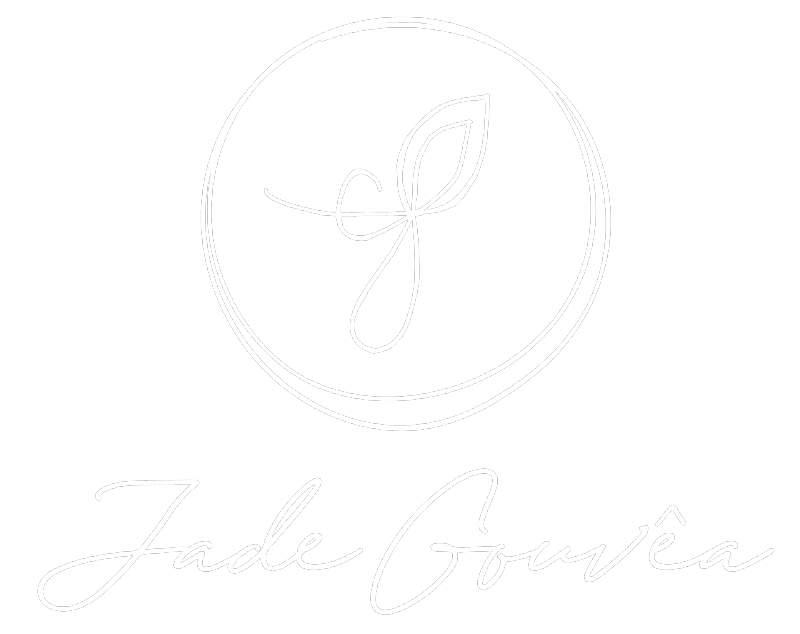Native Advertising within the Age of Social Media: Best Practices for Marketers
Native advertising has develop into a strong tool for marketers, seamlessly blending promotional content with the platform’s organic material. As social media continues to dominate the web space, the potential for native advertising is immense. Nevertheless, with great potential comes the necessity for greatest practices to make sure that these advertisements are effective, engaging, and ethical.
Understanding Native Advertising
Native advertising is a form of paid media the place the ad expertise follows the natural form and performance of the consumer experience in which it is placed. Unlike traditional banner ads or pop-ups, native ads are designed to be less intrusive and more related to the audience. They typically seem in the form of sponsored posts, promoted tweets, or advised videos that align with the surrounding content material on social media platforms.
The key advantage of native advertising lies in its ability to integrate seamlessly into the person’s feed, making it less likely to be ignored or blocked. This approach leverages the platform’s present format, which helps in maintaining consumer interactment while delivering the advertiser’s message in a more subtle manner.
The Significance of Transparency
One of many core ideas of native advertising is transparency. As these ads blend into the content material, it is crucial to obviously label them as sponsored or paid content. This not only builds trust with the audience but also ensures compliance with rules set forth by advertising authorities, such because the Federal Trade Commission (FTC) in the United States.
Failing to reveal the character of the content can lead to negative repercussions, including damage to the brand’s status and potential legal penalties. Due to this fact, marketers should always be certain that native ads are clearly marked, utilizing terms like “Sponsored,” “Promoted,” or “Ad,” to avoid any confusion.
Crafting Authentic and Relevant Content
For native advertising to be efficient, the content material must resonate with the audience. This means understanding the target demographic and creating content material that aligns with their interests, values, and behaviors. The content material should provide worth, whether through entertainment, training, or inspiration, somewhat than merely pushing a sales message.
Authenticity is essential within the age of social media, where customers are quick to determine and reject content material that feels forced or disingenuous. Marketers should aim to create ads that feel like a natural extension of the person’s feed, offering something that genuinely benefits the audience.
For instance, a beauty brand may create a sponsored publish that includes a tutorial on achieving a popular makeup look, using their products subtly within the content. This approach not only showcases the products but in addition provides useful information that the viewers is likely to understand and have interaction with.
Leveraging Influencers for Native Advertising
Influencer marketing has grow to be a significant component of native advertising on social media. Influencers, with their established trust and credibility amongst followers, can effectively promote products in a way that feels more like a recommendation from a friend than an advertisement.
When working with influencers, it’s essential to ensure that their content aligns with the brand’s values and message. The partnership ought to really feel natural, and the influencer ought to have the creative freedom to current the product in a way that resonates with their audience. This authenticity is key to sustaining the trust of the influencer’s followers and achieving the desired impact.
Additionally, like with all native advertising, transparency is critical. Influencers must disclose their partnerships clearly, adhering to platform-particular guidelines and legal requirements.
Measuring Success and Optimizing Strategies
To maximize the effectiveness of native advertising, it is essential to measure and analyze the performance of every campaign. Key metrics to track include have interactionment rates, click-through rates, and conversion rates. Social media platforms usually provide robust analytics tools that permit marketers to monitor these metrics and acquire insights into how their ads are performing.
Based mostly on this data, marketers can refine their strategies, adjusting elements like targeting, content format, and messaging to improve results. A/B testing different variations of an ad can also provide valuable insights into what resonates finest with the audience.
Conclusion
Native advertising in the age of social media gives a unique opportunity for brands to attach with their viewers in a more organic and engaging way. Nonetheless, success in this space requires a careful balance of transparency, authenticity, and relevance. By following greatest practices—corresponding to clear labeling, creating valuable content material, leveraging influencers, and repeatedly optimizing strategies—marketers can harness the total potential of native advertising to build meaningful connections and drive results.
If you have any issues about wherever and how to use Access the content, you can get in touch with us at our own website.
Tags:Find out more

